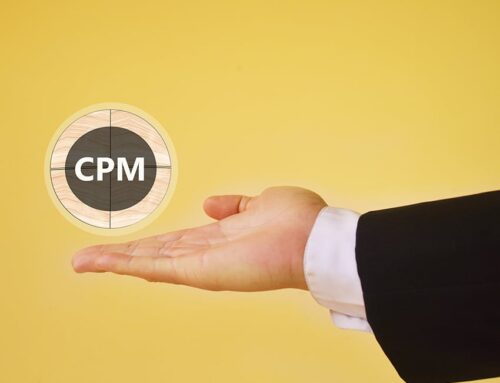DSP Advertising
If you're an advertiser searching for the best way to get ads to the right target audience, you've likely seen the term DSP Advertising pop up. Many people on the brand side are not familiar with the term, but they should be– DSP Advertising is the next big thing in digital marketing.
Also commonly known as "Programmatic Advertising," this method of digital marketing is becoming increasingly popular among advertisers for its effectiveness. But what exactly is DSP Advertising and how can advertisers use it to their advantage?
What is DSP Advertising?
A DSP or "Demand Side Platform" is an advertising management system that allows ad inventory buyers to use just one interface for different ad and data exchange accounts. These accounts can include display, video, search, native and mobile advertisements– all of which are excellent ad types to use for a well-rounded marketing campaign. DSP is not really an advertising term because it is effective for both marketing and advertising. Hence, there is no need to debate about marketing vs advertising for DSP.
DSP Advertising covers everything from automatically buying ad inventory to managing it and tracking results. This reduces the margin for human error or expenses created by manually buying and tracking ads online. DSP is widely used in CPG. However, many advertisers have no idea about CPG and they are unable to completely benefit from DSP advertising. To provide a sound knowledge of CPG, the Gourmet Ads team has crafted a simple article about CPG, what is CPG.
DSP Advertising helps ad inventory buyers buy impressions from different publishers. They're targeted to users based on information like location, demographics, and purchase behavior. Publishers offer their inventory through an ad exchange, and demand-side platforms will automatically decide which inventory is best and bid for it, which is usually done through Real Time Bidding or "RTBs."
How Advertisers Can Use DSP Advertising
DSPs are very helpful to advertisers because they streamline the entire purchasing and selling process. The internet is extremely fast, which makes it virtually impossible for marketing teams and advertisers to negotiate prices. Impressions are constantly opening and closing. DSPs have transformed media planning by allowing advertisers to manage numerous ad and data exchange accounts more easily. However, to make the most out of demand side platform, advertisers must ask the right media planning questions. These questions include topics such as comprehending campaign goals, determining the target market, establishing a budget, and determining success. By answering these questions, advertisers can create effective advertising campaigns that reach the right audience at right time.
Both advertisers and publishers are becoming more interested in native advertising examples. Agencies utilize DSPs to automate branding tasks, while they can also employ internal systems. Using a Real Time Bidding system, DSPs enable marketers to purchase impressions in real time on any publisher website.
There are various types of advertising that may be done through DSPs, each with its own set of benefits and best practices. Few things advertisers should consider in order to get the most out of DSP advertising:
- Understand your budget as a key factor in getting the most out of a DSP. Too small of a budget can lead to constant outbidding for ad space. Startups or very small businesses that don't have the necessary funds to really be competitive in real-time bidding should consider alternative advertising forms, such as direct sales model advertising.
- Make sure you understand your audience. In order for DSP advertising to be successful for your brand, it is crucial to feed information into that DSP about the kind of ad spaces you need your ads to be. The more information and instructions you can give about your target audience, the easier it is for your DSP to negotiate for the most lucrative ad space to reach your very specific demographic.
- The technical specifications required for the ad to appear correctly on the platform are referred to as native ad specs. These specifications can differ depending on the platform and the type of native ad used. Think about ad formats. If you are only interested in using native ads, you'll need to look for a platform that specializes in native ads. If you're interested in other types of ads or a more varied approach to advertising, work with a broader DSP that will look into more options for you.
- Establish goals. Having a strategy and well-thought-out goals are the best approaches to using the DSP system. When you know what you're looking for when it comes to click-through rates, cost per click (CPC), and view counts, you can absolutely use DSP analytics and third-party platforms with way more efficiency. Do your research and make a plan ahead of time.
The Best Platform for DSP Advertising Services
Gourmet Ads has been dedicated to aiding supermarket, food, cuisine, wine, and liquor brands in reaching their target market to generate leads through DSP Advertising since 2014. We were the first Vertical Ad Networks to be completely committed to food and wine brands, which are industries that need special care when it comes to effective marketing.











